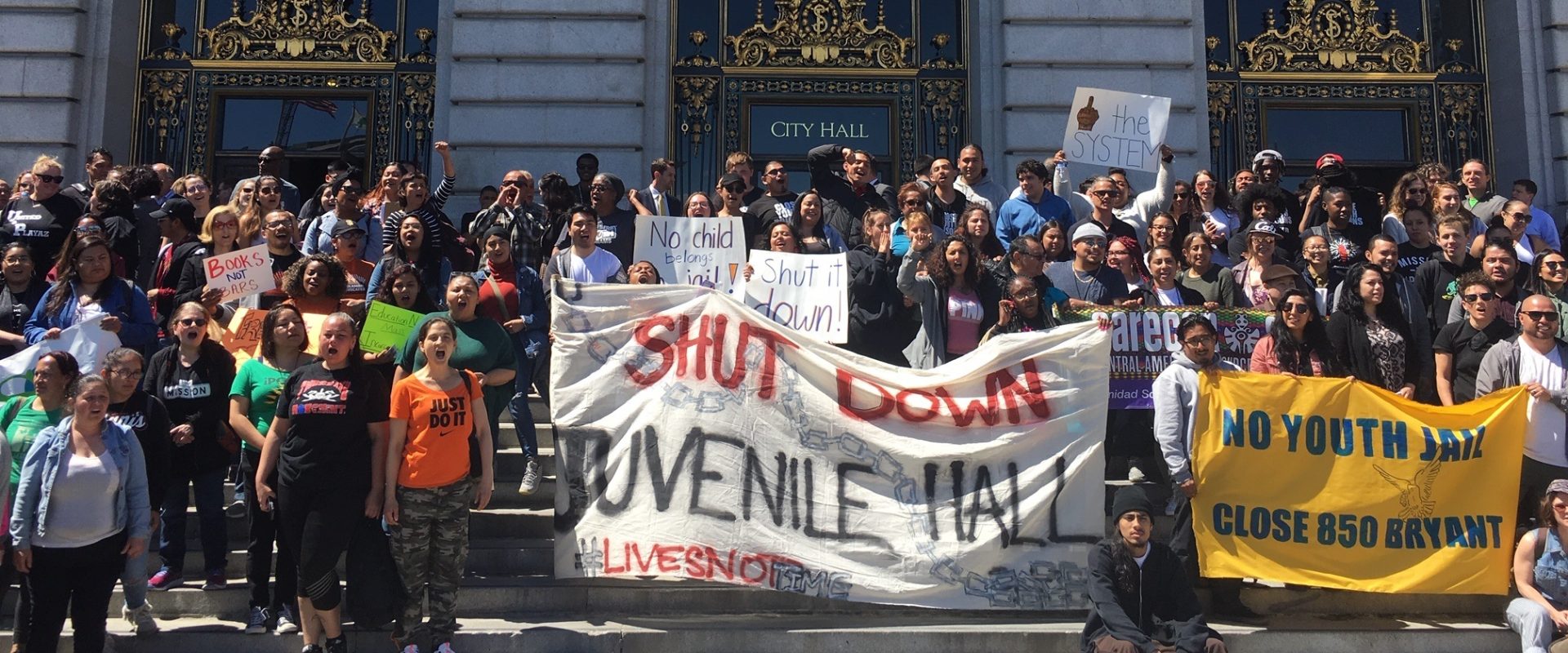Experts agree Hayes would have tough time getting paroled Stockton Reporter, May 8, 2010.
Blog Apr 30, 2010
Death Penalty Vs Life Imprisonment
Death in Decline ’09 a report by The American Civil Liberties Union (ACLU) of Northern California explores life imprisonment as an alternative to the death penalty. It also makes a correlation between the present financial crisis and fair trials. CJCJ’s recently released “Capital punishment has a mandatory three level review process, thus a death penalty case may take between 25 to 30 years before execution with a reaching costs of up to $137 million per year. For example, the resources…
Blog Apr 30, 2010
Juvenile Justice Can be a Death Trap for Kids
We’ve always known that locking up kids is counterproductive, that it promotes isolation and lethargy among youths confined, and that it results in harsher treatment by decision makers throughout the process. Terry Kupers, an expert on trauma, has observed that these institutions tend to destroy “a prisoner’s ability to cope in the free world.” Moreover, “a lack of rehabilitation opportunities, excessive reliance on isolation as punishment, the restriction of visits and contacts with the…
In the early 2000’s several reports began to document the existence of thousands of juveniles with diagnosed mental health issues sitting in detention facilities waiting for placement in a mental health facility. For instance, the Pittsburgh Post-Gazette surveyed 172 detention centers nationally and found that more than 40% of them “said children with mental health problems stay in detention longer than others because placements can’t be found for them.” The director of a detention center in…
CJCJ has just released a broadcast on marijuana legalization in California, as part of our newest component to our public education efforts. Our broadcasts provide quick and easy access to key information on pressing criminal and juvenile justice matters, in an understandable and easy to relate fashion. Listen to staff Ashley Afferino interview CJCJ Program Director and SF Reentry Commissioner Gerald Miller on the topic of
